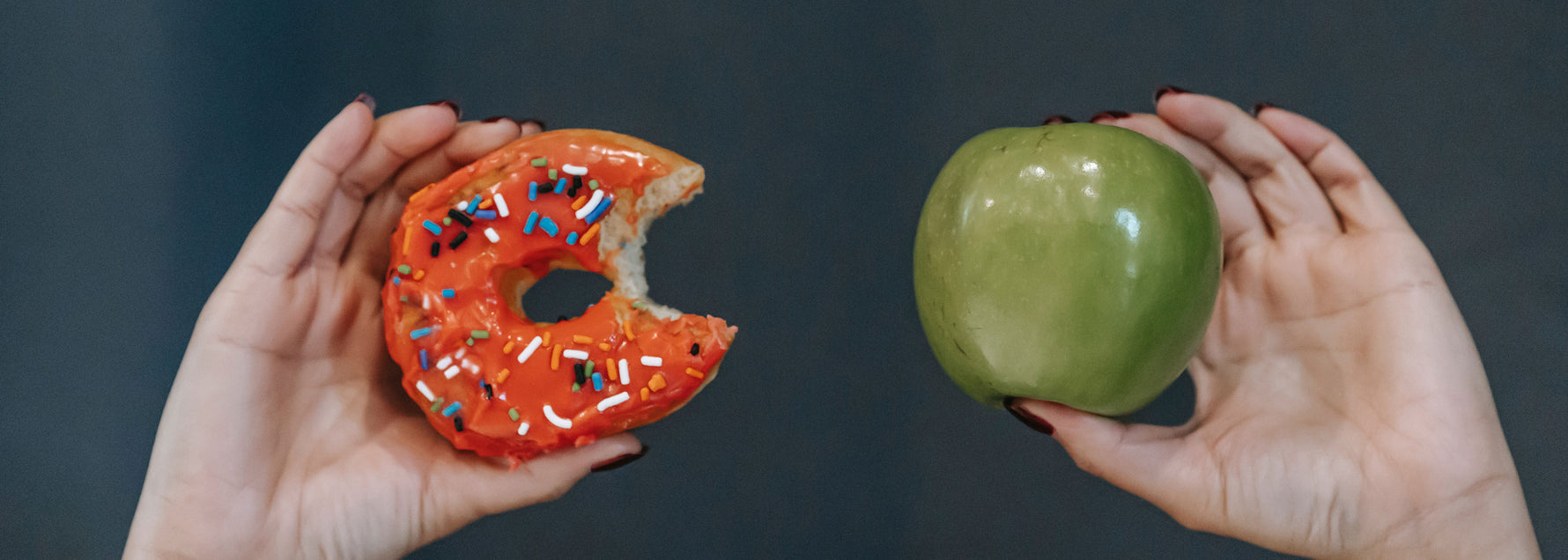Pregnancy & Breastfeeding Tips for New Moms: Preconception, Pumping & Parenting Support

Pregnancy & Breastfeeding Tips for New Moms: Preconception, Pumping & Parenting Support
Nurturing Your Perineal Health: Insights and Tips from a Gynecologist

Pregnancy & Breastfeeding Tips for New Moms: Preconception, Pumping & Parenting Support
Breast Care: Nurturing Your Breast Health

Pregnancy & Breastfeeding Tips for New Moms: Preconception, Pumping & Parenting Support

Pregnancy & Breastfeeding Tips for New Moms: Preconception, Pumping & Parenting Support
Let's Talk About Power Pumping to Increase Breast Milk Supply

Pregnancy & Breastfeeding Tips for New Moms: Preconception, Pumping & Parenting Support
Pump With Me: The First Pump of the Day—Engorged and Painful

Pregnancy & Breastfeeding Tips for New Moms: Preconception, Pumping & Parenting Support
Did You Know Breast Milk Changes in Composition Hour by Hour?

Pregnancy & Breastfeeding Tips for New Moms: Preconception, Pumping & Parenting Support
How Long Is Breast Milk Good For?

Pregnancy & Breastfeeding Tips for New Moms: Preconception, Pumping & Parenting Support

Pregnancy & Breastfeeding Tips for New Moms: Preconception, Pumping & Parenting Support
The MomMed Breast Pump for Occasional Use

Pregnancy & Breastfeeding Tips for New Moms: Preconception, Pumping & Parenting Support
A Personal Journey of a Nursing Mother

Pregnancy & Breastfeeding Tips for New Moms: Preconception, Pumping & Parenting Support

Pregnancy & Breastfeeding Tips for New Moms: Preconception, Pumping & Parenting Support
Mommed's Best Sellers in Store

Pregnancy & Breastfeeding Tips for New Moms: Preconception, Pumping & Parenting Support
Can You Take Excedrin While Breastfeeding

Pregnancy & Breastfeeding Tips for New Moms: Preconception, Pumping & Parenting Support
Does Piercing Nipples Affect Breastfeeding?

Pregnancy & Breastfeeding Tips for New Moms: Preconception, Pumping & Parenting Support
How To Stop Milk Production If Not Breastfeeding?

Pregnancy & Breastfeeding Tips for New Moms: Preconception, Pumping & Parenting Support
The Importance of Zinc and Vitamin Intake for Nursing Mothers

Pregnancy & Breastfeeding Tips for New Moms: Preconception, Pumping & Parenting Support
Does Breastfeeding Make You Hungry?

Pregnancy & Breastfeeding Tips for New Moms: Preconception, Pumping & Parenting Support
Does Breastfeeding Make You Tired?

Pregnancy & Breastfeeding Tips for New Moms: Preconception, Pumping & Parenting Support
Challenges and Harmful Habits to Avoid During in Breastfeeding

Pregnancy & Breastfeeding Tips for New Moms: Preconception, Pumping & Parenting Support
When Does Breastfeeding Get Easier?
